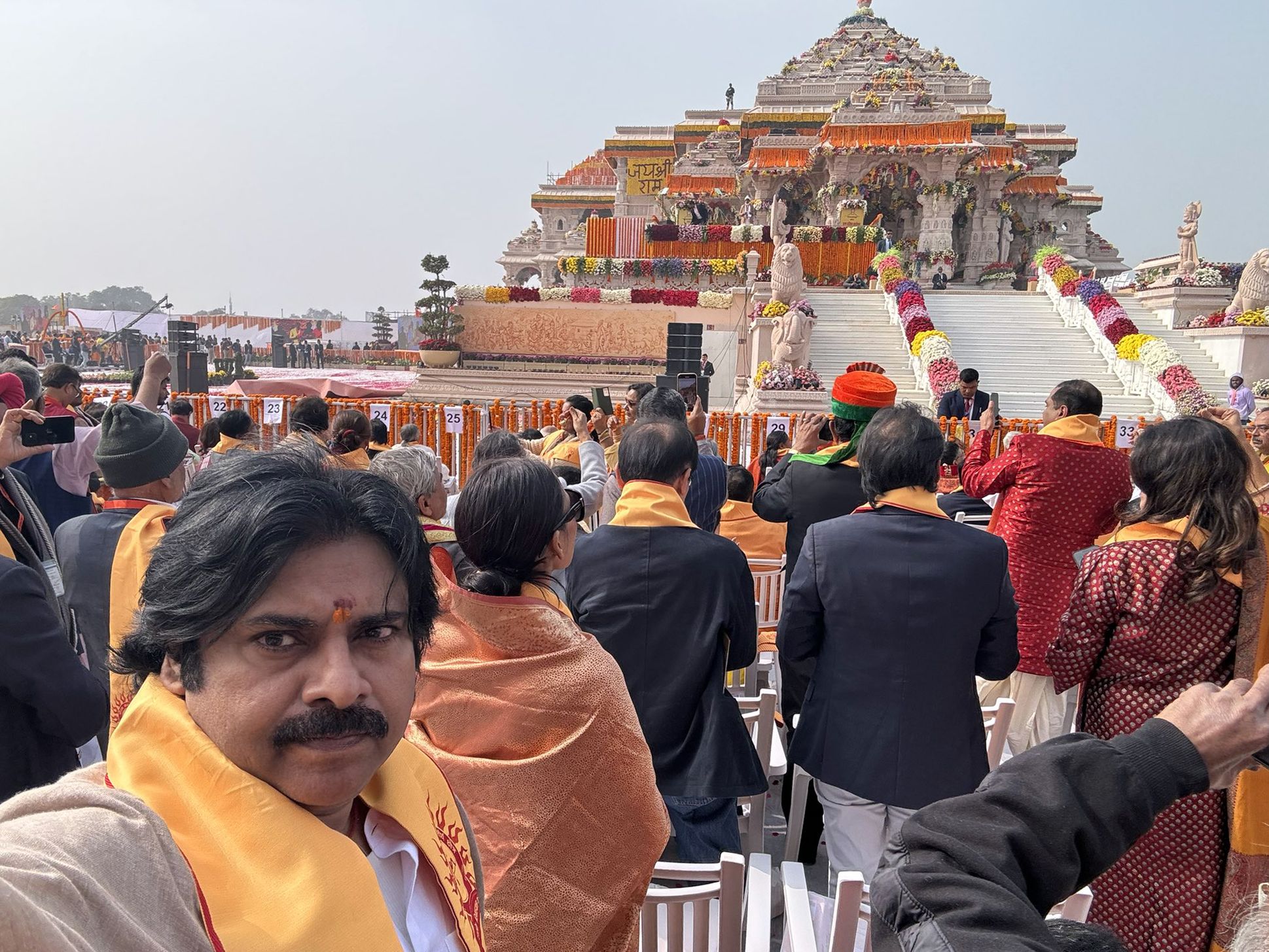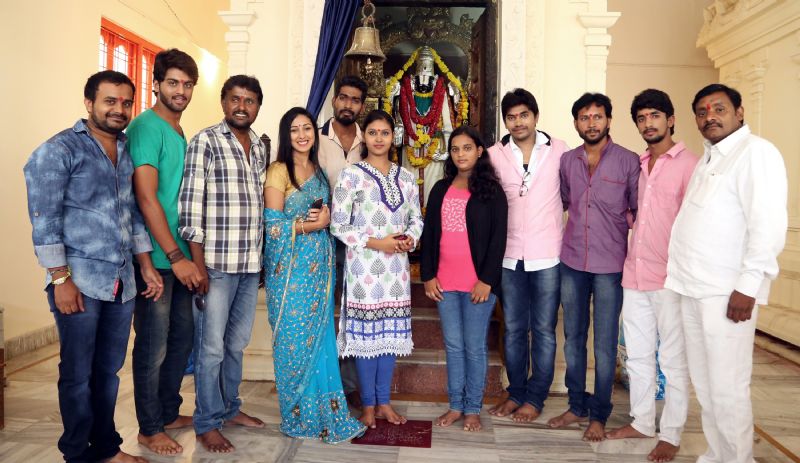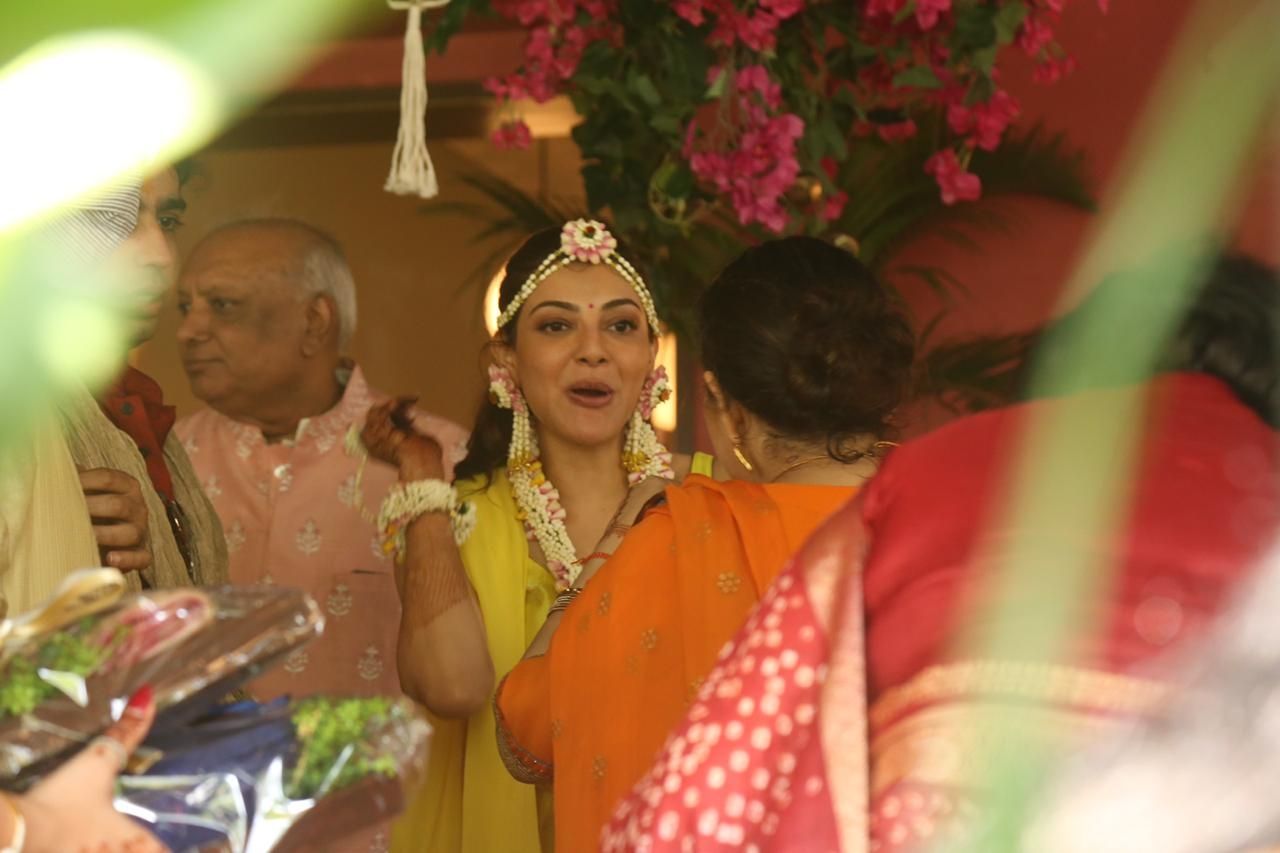|
New Delhi, Dec 4 (IANS) India's banking system continues to lurch from one crisis to another -- the latest being the RBI asking HDFC to temporarily stop all launches of its digital business generating activities following repeated technological glitches. Once again, the question being asked is: "Is my money safe in banks?"
To say the least, India is grappling with its worst banking crisis ever. When will the never-ending NPA issue be resolved? Does it make sense to merge two PSBs when the culture and governance structures are alike? Should the RBI reserves be used in times of crisis? Should the tenure of a CEO be long or short, are some of the questions being asked.
"Hits and Misses" by Madan Sabnavis (SAGE Publications India/SAGE Response), Chief Economist with CARE Ratings, delves into the Indian banking system as it evaluates its evolution post the inception of financial sector reforms in 1992 and analyses the role of the government and RBI in allowing the problem to reach the dimension it has assumed today.
"Almost all the subjects that have been discussed in the book will remain topical in the Indian context and the reader should be able to identify the arguments when trying to analyse the developments in the banking sector. This is so as we have not really managed a successful closure of some of these tricky issues and have deferred taking a decision for various reasons. Presenting both sides of the arguments and offering a preference on these issues is what differentiates this work," Sabnavis says.
One of the most controversial issues in Indian banking since economic reforms has been the NPA issue which came to the fore in 2016 when the RBI passed an order saying that banks need to follow a new set of norms which were termed as Asset Quality Recognition.
"This phase of 2016-2019 was also one where the RBI came down heavily on the banks for misstating their NPA levels which made the headlines mainly due to the involvement of some of the high-profile private sector banks. Meanwhile some of the high profile NPA cases involved the investigating agencies getting after the CMDs of PSBs which made things messy.
"A fear psychosis spread with bankers being driven on the back foot as they became averse to taking decisions. This is not the first time that such a scenario has played out when NPAs have increased and bankers have borne the burden of the investigation which can haunt them post retirement," Sabnavis writes.
Has the situation improved, he asks.
"The answer is yes, as this was a much-needed measure to clean up the operations of banks. The two main takeaways have been that first banks have to play according to the rules and must recognize with alacrity the quality of asset. Here too the regulator has a role to play because the NPA resolution process had several schemes adopted such as sale to asset reconstruction companies (ARCs), strategic debt restructuring (SDR), scheme for sustainable structuring of stressed assets (S4A) and so on.
"Second, with the hand of discipline being stern, banks would have to hone their credit appraisal skills to ensure that there is no repetition of this episode of NPAs," Sabnavis writes.
Another major issue facing the industry is the merger of banks: Does it make sense?
The puzzle here, Sabnavis writes, is that PSBs have been an instrument of politics irrespective of the government in power. "A number of policies which score high on the political agenda can be implemented only through PSBs. Hence, when it comes to directed lending to say the small-scale sector or implementation of Jan Dhan, there is need to have control over the implementation of the same."
Hence, irrespective of whether there are 20 PSBs or 10 merged PSBs, "the directive would still hold with no flexibility being provided to deviate from the norm. This means that as long as these banks are owned by the government, the operations will not really change. To make a merger successful in the context of PSBs, getting in private ownership can make a difference though as has been seen in case of any such action in any other field, the terms of engagement are cast in stone to get the staff along, which is a challenge though not impossible".
"Presently, mergers of PSBs may not really make too much difference and the timing of the same would divert a lot of attention from the business of banking as all concerned banks start reworking their models," the author maintains.
Then, there is the question of RBI reserves, a hot issue between the central bank and the government.
"The question raised by the government was whether or not the RBI should hold such high reserves or should it transfer a part to the government. The logic is straight forward. The RBI for all purposes is an arm of the government. When the RBI earns a profit or surplus, the amount is transferred to the government. This is legitimate. An extension is that the balance sheet of the RBI belongs to the government and hence the latter can claim what is on it. Therefore, the argument has been made that a part of the reserves can get transferred to the government and a committee is to decide on the same," Sabnavis writes.
Therefore, any way one looks at it, the concept of transferring the RBI reserves to the government does seem like an accounting procedure. "This is analogous to the bank recapitalization procedure where money is created by an accounting entry wherein the government issues bonds that are subscribed by banks and no money is transferred as there is a simultaneous entry made in terms of the government increasing its capital in the bank. Here it will also involve crediting the government account with money which will in turn increase the volume of reserve money and hence money supply."
A committee headed by Bimal Jalan, a former Governor of the RBI, had resolved this issue by recommending a formula for sharing the reserves with the government.
"The more fundamental issue is whether the government should be even looking at such options or instead rely on its own resources which are generated in the ordinary course of activity. The novel idea to lay claim on reserves of RBI, it was argued by critics, was a desperate measure invoked at a time when expenses were high and revenue was just not increasing. This should not be the spirit it was further argued. This seems quite a valid argument and ideally the contribution should stop at the level of surplus transfers even though going beyond is legally tenable.
"Also once done, such a measure can be invoked again as there is a precedent and this is something which needs to be monitored," Sabnavis contends.
At the bottom line, this book goes beyond its title as it lucidly explains what ails the system and points to where the solutions lie. To that extent, it's a must read.
(Vishnu Makhijani can be reached at vishnu.makhijani@ians.in)
--IANS
vm/in
Copyright and Disclaimer: All news and images appearing in our news section, search engines and social media are provided by IANS. If you face any issues related to the content/images, please contact our news service provider directly. We are not liable/responsible for any content/images related to the news service provider.
|








